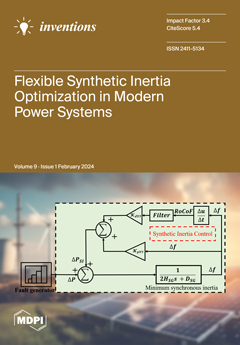The research experimentally examines the viability of biodiesel obtained from pork fat (BP) as a sustainable aviation fuel (SAF) when mixed with kerosene (Ke)—Jet-A aviation fuel + 5% Aeroshell 500 oil. Various blends of biodiesel and kerosene (10, 20, and 30% vol. of BP added in Ke) were subjected to testing in an aviation micro turbo-engine under different operational states: idle, cruise, and maximum power. During the tests, monitoring of engine parameters such as burning temperature, fuel consumption, and thrust force was conducted. The study also encompassed the calculation of crucial performance indicators like burning efficiency, thermal efficiency, and specific consumption for all fuel blends under maximum power conditions. Combustion temperatures ahead of the turbines rise with an increase in biodiesel concentration, particularly in the idle regime, without compromising engine integrity. However, for regimes 2 and 3, the temperature in front of the turbine decreases with rising biodiesel concentration, accompanied by an increase in fuel flow rate. This phenomenon is reflected in the elevated specific consumption. Notably, for regime 3, there is a noticeable rise in specific consumption, starting from S = 0.0264 kg/Nh when the turbo-engine operates solely with Ke, to S = 0.0266 kg/Nh for Ke + 10% BP, S = 0.0269 kg/Nh for Ke + 20% BP, and S = 0.0275 kg/Nh for Ke + 30% BP. Physical–chemical properties of the blends, encompassing density, viscosity, flash point, and calorific power, were determined. Furthermore, elemental analysis and FTIR were used for chemical composition determination. The amount of CO
2 produced during the stoichiometric combustion reaction with air showed variations. Initially, when using only Ke, it amounted to 3.12 kg per kilogram of fuel. Upon adding 10% BP, this value decreased to 3.09 kg, further reducing to 3.05 kg with 20% BP. The lowest value was observed with 30% BP, reaching 3.04 kg. Experimental assessments were performed on the Jet Cat P80
® micro-turbo-engine, covering aspects such as starting procedures, sudden acceleration, sudden deceleration, and emissions of pollutants (NO
x, CO, and SO
2) during several engine operational phases. The outcomes reveal that the examined fuel blends exhibited stable engine performance across all tested conditions. This indicates that these blends hold promise as sustainable aviation fuels for micro turbo-engines, presenting benefits in terms of diminished pollution and a more ecologically sound raw material base for fuel production.
Full article





